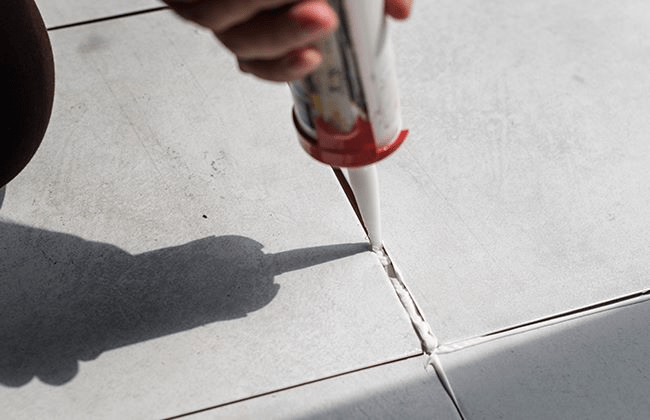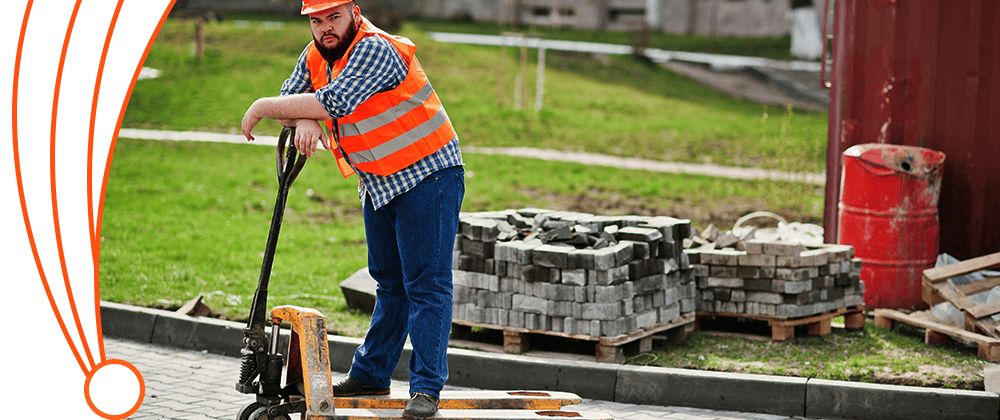Are you noticing cracks, gaps, or peeling in the caulking of your commercial building? Don’t let those unsightly imperfections go unnoticed any longer! It’s time to take action and replace your commercial caulking. In this blog post, we’ll guide you through rejuvenating your building’s appearance and ensuring its long-lasting protection. From understanding commercial caulking to finding the right professionals for the job, we’ve got you covered. So let’s dive in and discover how to give new life to your property with fresh caulking!
Table of Contents
What is Commercial Caulking?
Commercial caulking is a crucial component of any building’s maintenance and protection. It involves sealing gaps, joints, and cracks in various structures such as windows, doors, and walls. This process ensures that the building remains watertight and energy-efficient.
Caulking materials are usually made from silicone or polyurethane compounds that provide durability and flexibility. These products can withstand extreme weather conditions, preventing water infiltration and air leakage. By filling gaps and cracks, commercial caulking helps to maintain a comfortable indoor environment while reducing heating and cooling costs.
Regularly replacing your caulking has several benefits. First, it prevents water damage by keeping moisture out of vulnerable areas. It improves energy efficiency by minimizing drafts and heat loss through gaps in the building envelope. Additionally, replacing old caulking enhances the appearance of your property by giving it a fresh and well-maintained look.
Commercial caulking is a vital maintenance practice that protects buildings from water.
Benefits of Replacing Your Commercial Caulking
Proper maintenance is essential for the longevity and performance of any commercial building. One often overlooked aspect of maintenance is the condition of the caulking. Commercial caulking plays a crucial role in sealing gaps, preventing water damage, and maintaining energy efficiency.
Replacing your caulking brings several benefits to your commercial property. It helps maintain a professional appearance by giving a fresh look to exterior surfaces. Cracked or deteriorated caulk can make a building appear neglected and unkempt.
How often should you replace your caulking?
How often should you replace your caulking? This is a typical query from managers and owners of commercial properties. The simple is, three are several possibilities that could influence how frequently one must change the caulk of their property. Types of caulking. Application location, and how much the old one is damaged.
Mostly. You must check or inspect your caulking at least once a year to understand whether it needs to be replaced or not. On the other side, sometimes bad weather conditions are the reason to inspect some parts more frequently inspection and replacement.
Remember that each building is unique when determining how often you should replace your caulking. It’s always best to consult with a professional commercial caulking company for expert advice tailored to your specific needs.
What are the steps to replacing your caulking?
If you want a great property with beauty and functionality, then you must go for replacing the caulking. Sometimes, this task will be very daunting, but we pin out some important steps below.
1. Evaluate the situation:
To check the caulking to understand whether the current caulking needs to be replaced, start by looking at it. Look for a proper evaluation to spot cracks and gaps.
2. Remove outdated caulk:
Carefully scrape away outdated caulk from joints and seams using a utility knife or caulk removal tool. Get rid of all the old caulking before using the new one.
3. Thoroughly clean the surface:
Clean the area properly before applying the new caulk. With the aid of a brush or vacuum, eliminate any dirt, dust, or debris.
4. Make the new caulk ready:
Select a silicone-based caulk of superior quality that is appropriate for commercial uses. Angle-cut the tube’s tip and insert it into a caulking gun.
5. Apply new caulk:
Hold the gun at a 45-degree angle and apply an even bead along joints or gaps that need sealing. Use steady pressure on the trigger as you move along in one continuous motion.
6. Wait for drying time:
Allow sufficient drying time according to manufacturer instructions before exposing newly applied caulked areas to moisture or heavy use.
By following these steps, you can ensure a professional-looking finish while effectively sealing gaps and prolonging your commercial property’s lifespan!
Hiring a Professional Commercial Caulking Company

When it comes to changing your caulk, you must hire a qualified commercial caulking business. While individuals may try to complete the task themselves, there are various benefits to using specialists.
First and foremost, commercial caulking contractors have the skills and training required to guarantee a job well done. They are knowledgeable about the many caulking options and can suggest the finest one for your particular requirements.
The ability of specialists to spot any underlying problems that might be producing troubles with your current caulk is another advantage of employing experts. This can entail structural problems that must be fixed before new caulk can be put, or it might involve water damage.
Additionally, commercial caulking businesses frequently provide guarantees for their work. This gives you peace of mind because any problems that happen after the replacement will be fixed without charging you extra.
Your caulk replacement project will be precisely and quickly performed if you use a reputable business caulking firm.
Maintaining and Extending the Lifespan of Your New Caulking
Maintaining and extending the lifespan of your new caulking is essential to ensure its effectiveness and longevity. By taking proper care of your caulk, you can prevent leaks, water damage, and other costly issues in your commercial building.
Check your caulk frequently for any signs of wear or damage. Carefully check for cracks, gaps, openings, or peeling edges that you might need to repair. If there are any problems, fix them right away to prevent future degradation.
Keep the caulked surfaces spotless and clear of trash. Utilize a moderate cleanser or light soap and water to regularly remove debris, dust, and grime. Avoid using abrasive cleansers that could compromise the integrity of the caulk.
Conclusion
In addition to preventing water damage and mold growth, routine caulking maintenance will also increase energy efficiency and save utility expenses. You should hire a qualified commercial caulking firm to complete this operation, as they possess the knowledge and specific equipment needed for a durable outcome.
Remember to update commercial caulking every 5 to 10 years, depending on circumstances such as weather, exposure levels, and regular wear and tear. Therefore, be careful to plan routine checks to spot any indications of degradation or damage.
So, when it comes to upgrading your commercial caulking, take the initiative and do it before issues emerge.
FAQs
Q: What is commercial caulking?
A: Commercial caulking is the application of materials like silicone or polyurethane to seal gaps and cracks in a building’s exterior, enhancing its waterproofing and energy efficiency.
Q: What are the benefits of replacing commercial caulking?
A: Replacing caulking prevents water damage, improves energy efficiency, and enhances a building’s aesthetic appeal by maintaining a fresh look.
Q: How often should commercial caulking be replaced?
A: Inspect commercial caulking annually, though areas exposed to severe weather may require more frequent checks and replacements.
Q: What are the steps involved in replacing commercial caulking?
A: Evaluate the current caulking, remove the old material, clean the surface, apply new caulk, and allow it to dry according to the manufacturer’s guidelines.
Q: Why hire a professional for commercial caulking?
A: Professionals ensure accurate application, identify underlying issues, and often offer warranties, ensuring a lasting and effective caulking job.




